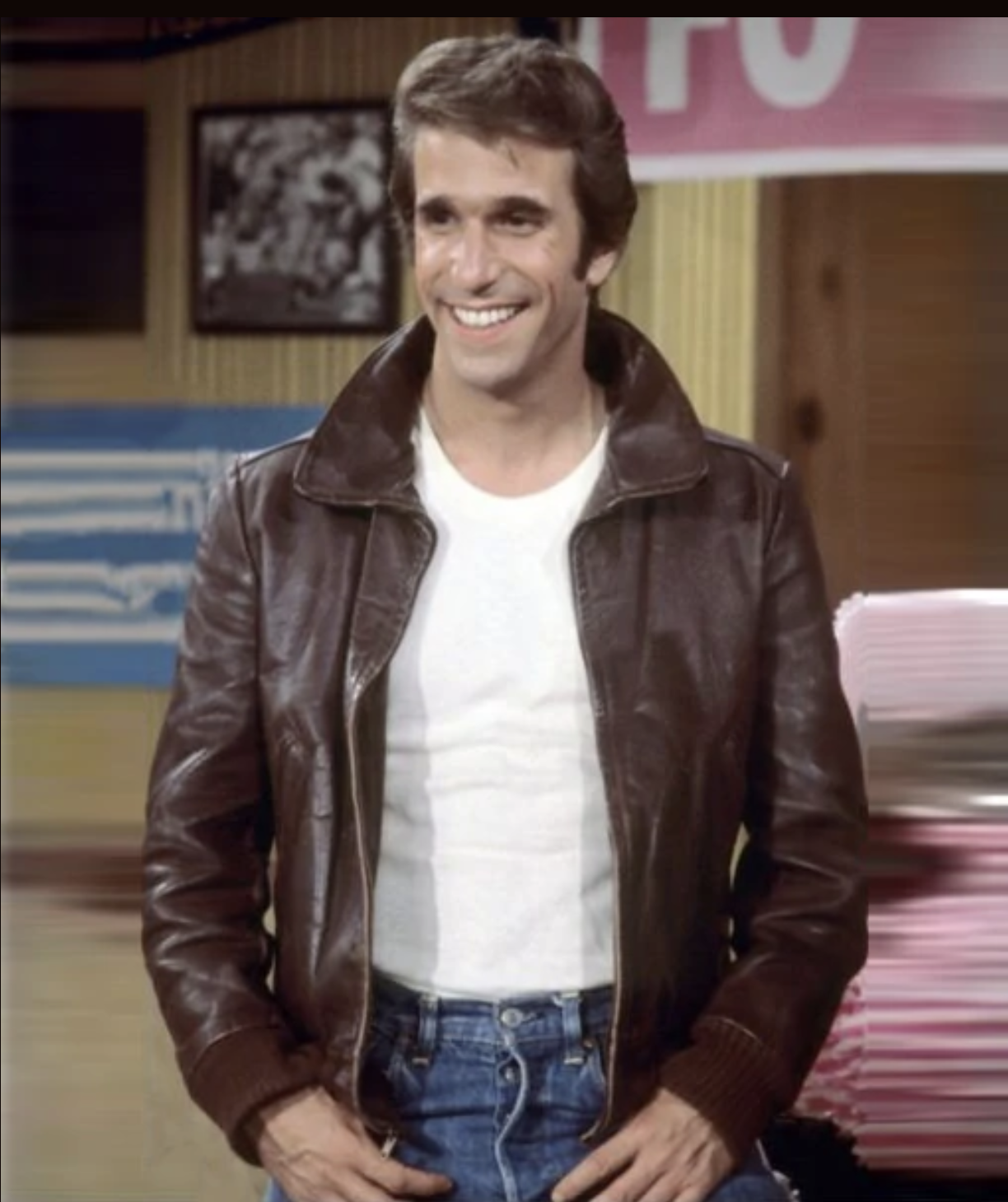
- Fashion
80th Golden Globes: 20 TV Shows that Changed Street Fashion – Friends, The Crown, Gossip Girl, Sex and the City

The Crown, Friends, Gossip Girl, Sex and the City – are television shows that took the world by storm. Unlike film stars who seem remote on a huge screen, that we collectively viewed in the dark prior to Covid, television actors were watched in our homes while we sat in our pj’s and snacked on popcorn.
The television actor feels like – dare we say it – one of our ‘Friends‘. The great shows like I Love Lucy, The Jeffersons, and The Mary Tyler Moore Show, continue to resonate and inspire.
There is a large portion of today’s leading Black creatives who reference The Cosby Show as an inspiration for sparking their interest and belief that they could find a place in the world of entertainment despite the lack of representation, generally, in the field. Here was a normal family, that depicted a community many did not get to see reflected very often. Representation is the foundation of dreams and this show gave wings to many.
Indeed, with streaming providing so much quality entertainment and movie actors migrating to alternative forms of screenings the Golden Globes added a special category in 2019 to honor those who have excelled at “outstanding contributions to television on or off the screen.”
The award was named after Carol Burnett who received a Golden Globe for Best TV Star – Female for The Carol Burnett Show. This legend of comedy was the first woman in television history to host a variety sketch show. The Golden Globe Carol Burnett Award is seen as an equivalent to the Cecil B. deMille Award which bestows a similar honor in the field of film.
Let’s look back at some of our favorite television shows over 80 years and the casts that have graced the Golden Globes red carpet.
(l) Friends produced ‘The Rachel’ hairstyle. Everyone wanted Jennifer Aniston‘s sleek off-centered, layered bob.
(r) We like the two options of collar and tie; no collar, no tie.
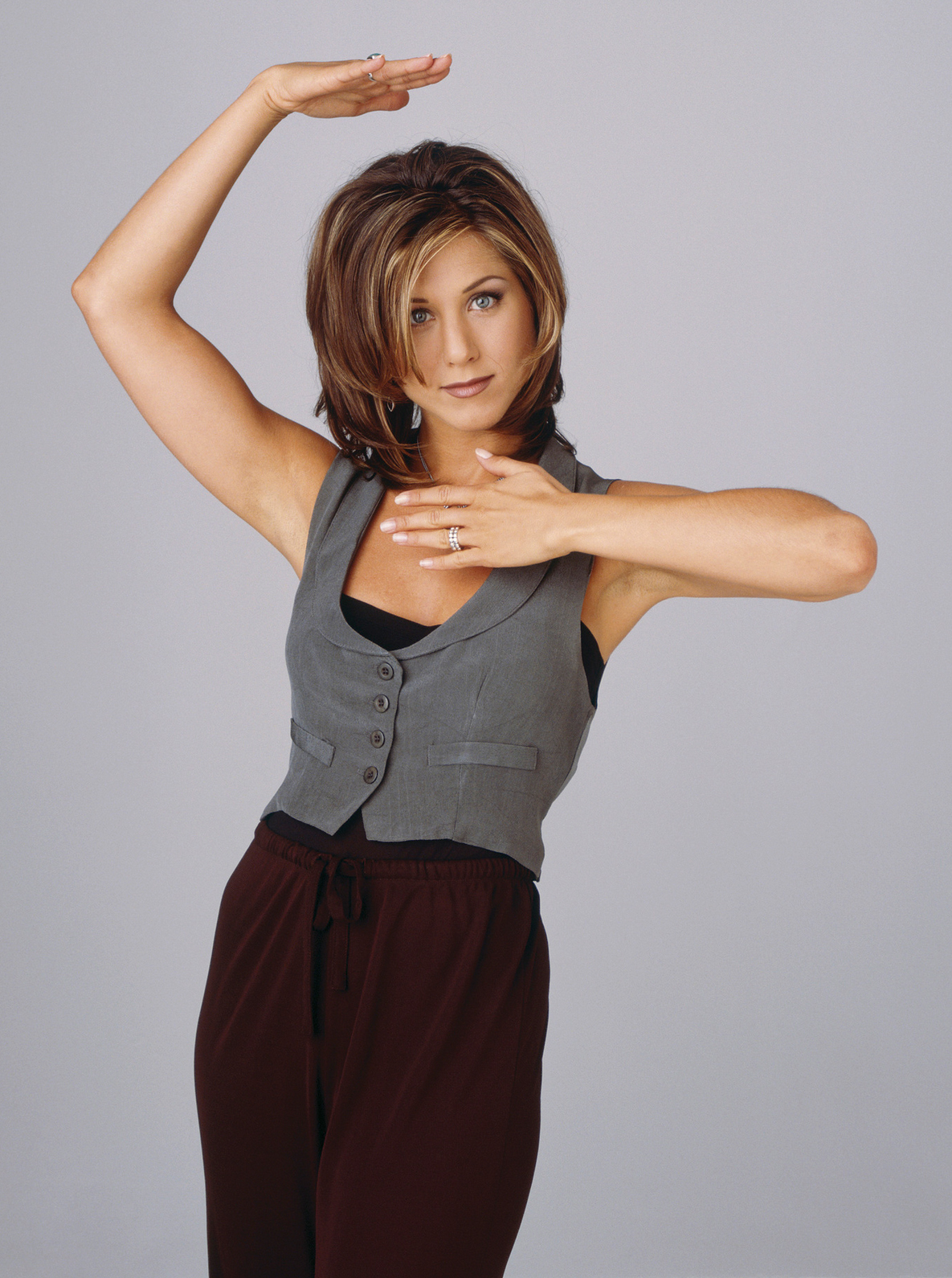
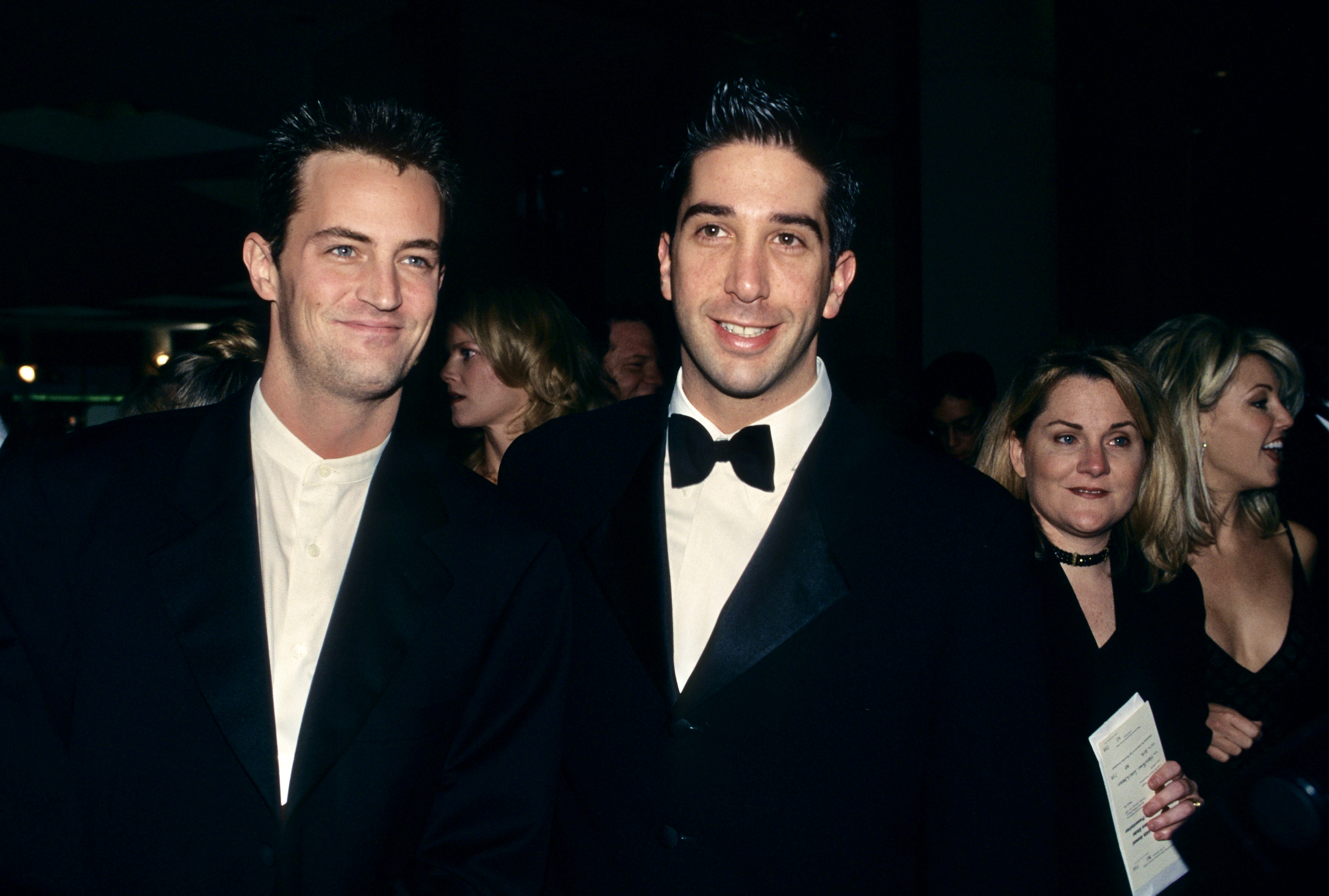
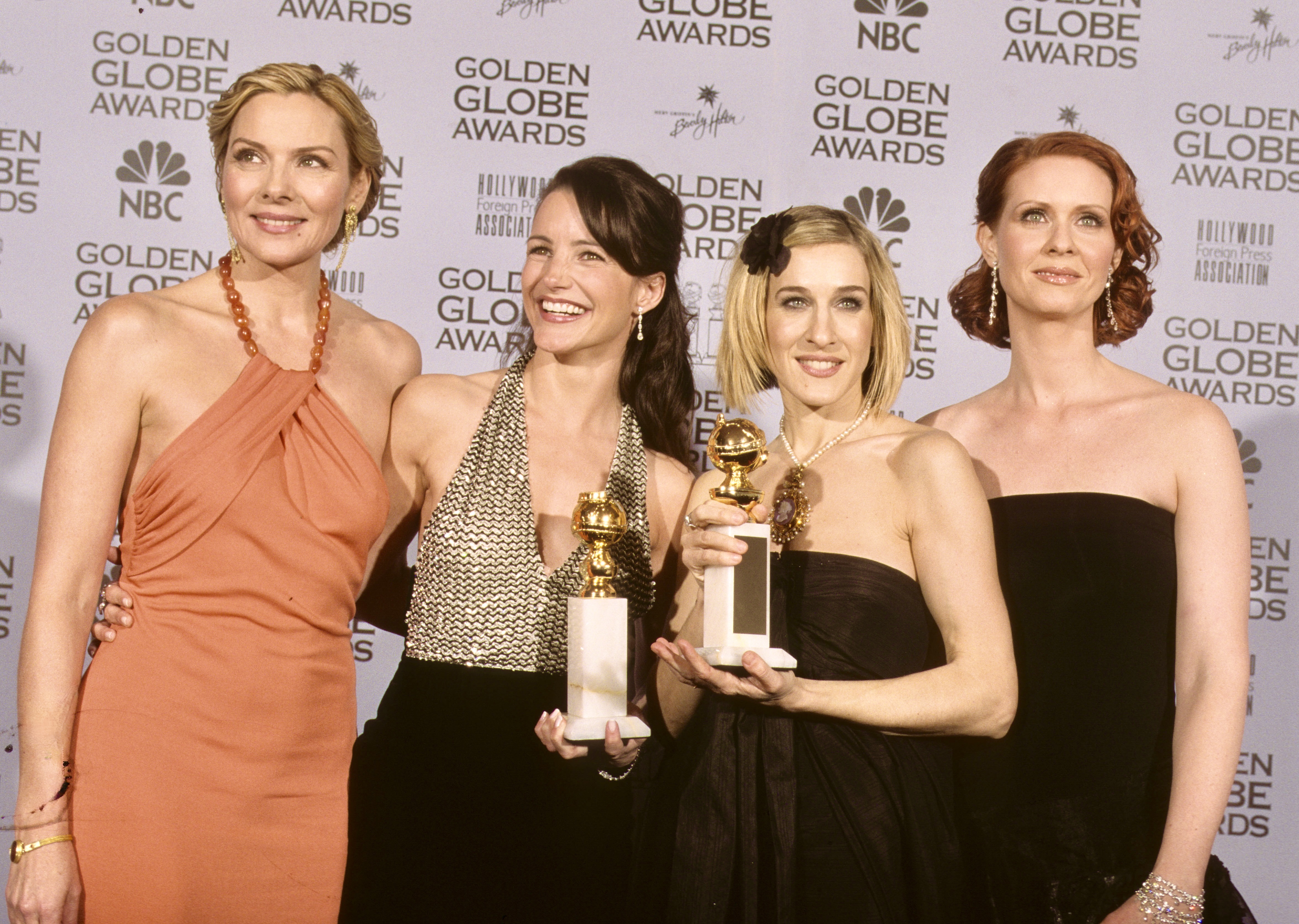
Above: Sex and the City was not just a critical and commercial success but it changed the way women dressed. It gave a generation permission to admit that they loved heels. However, the most important gift of the show was that women were encouraged to be individuals, to wear clothes in the manner they saw fit – no matter how a garment was originally intended to be used.
The true fashionista doesn’t follow the heard. They create the bar, based on inherent style.
Below: Glee. Ryan Murphy will go down in television history as an innovator and one of the greats. Glee broke boundaries representing many voices normally sidelined, and put the ‘hidden’, center stage. The cast of Glee looked like the world we live in – all shapes and sizes, all ethnicities, all genders, including those who are identity first.
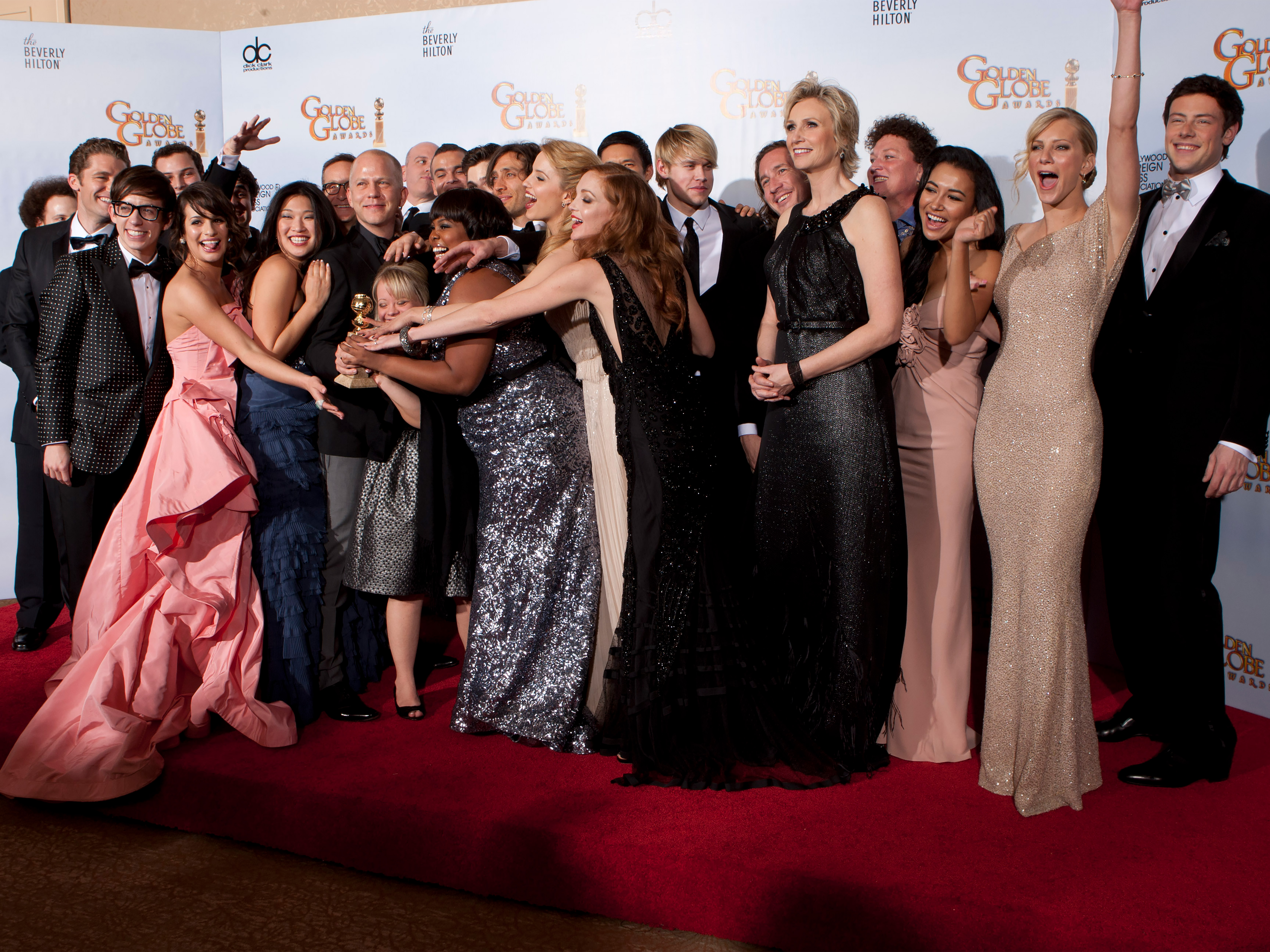
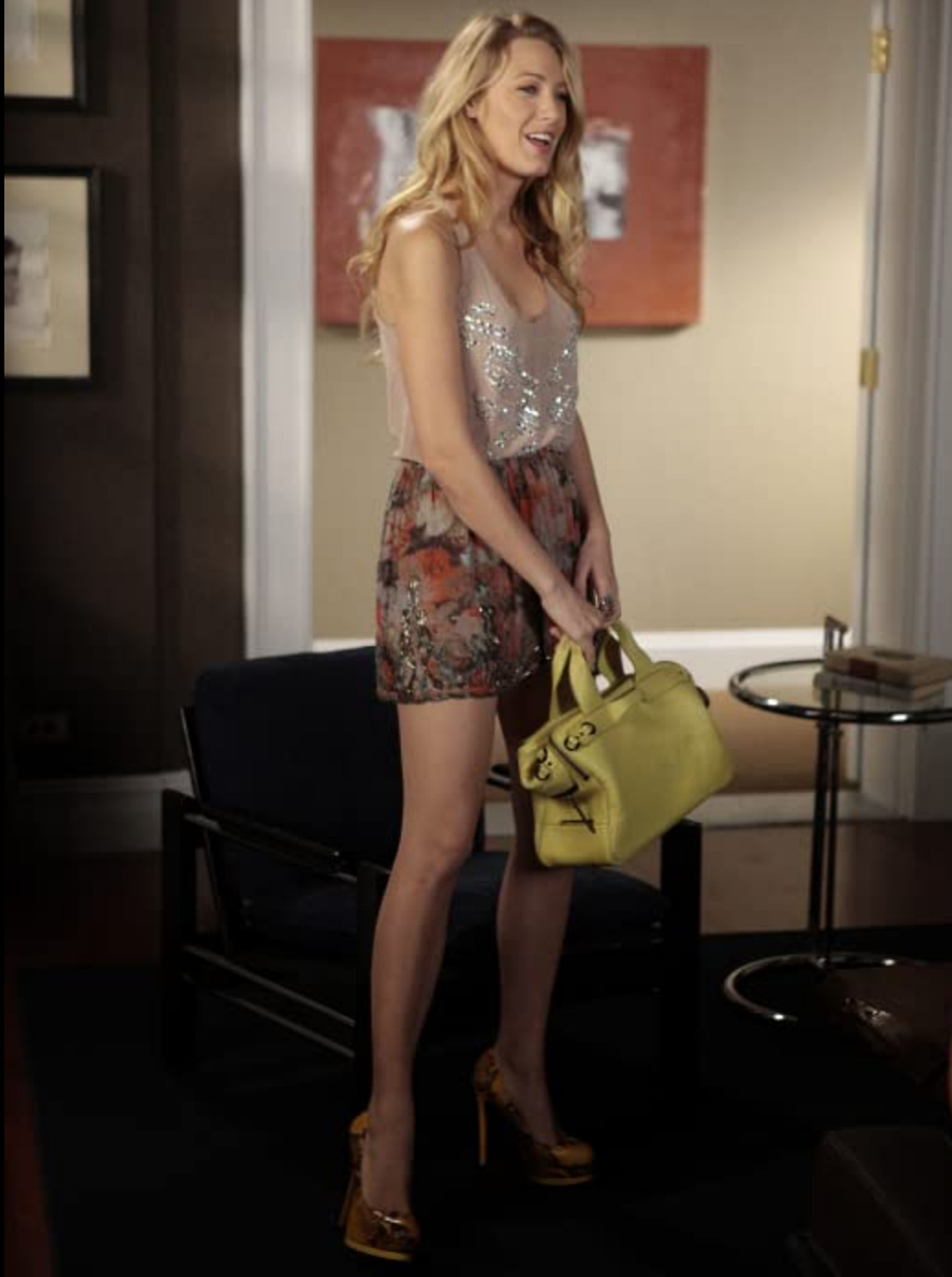
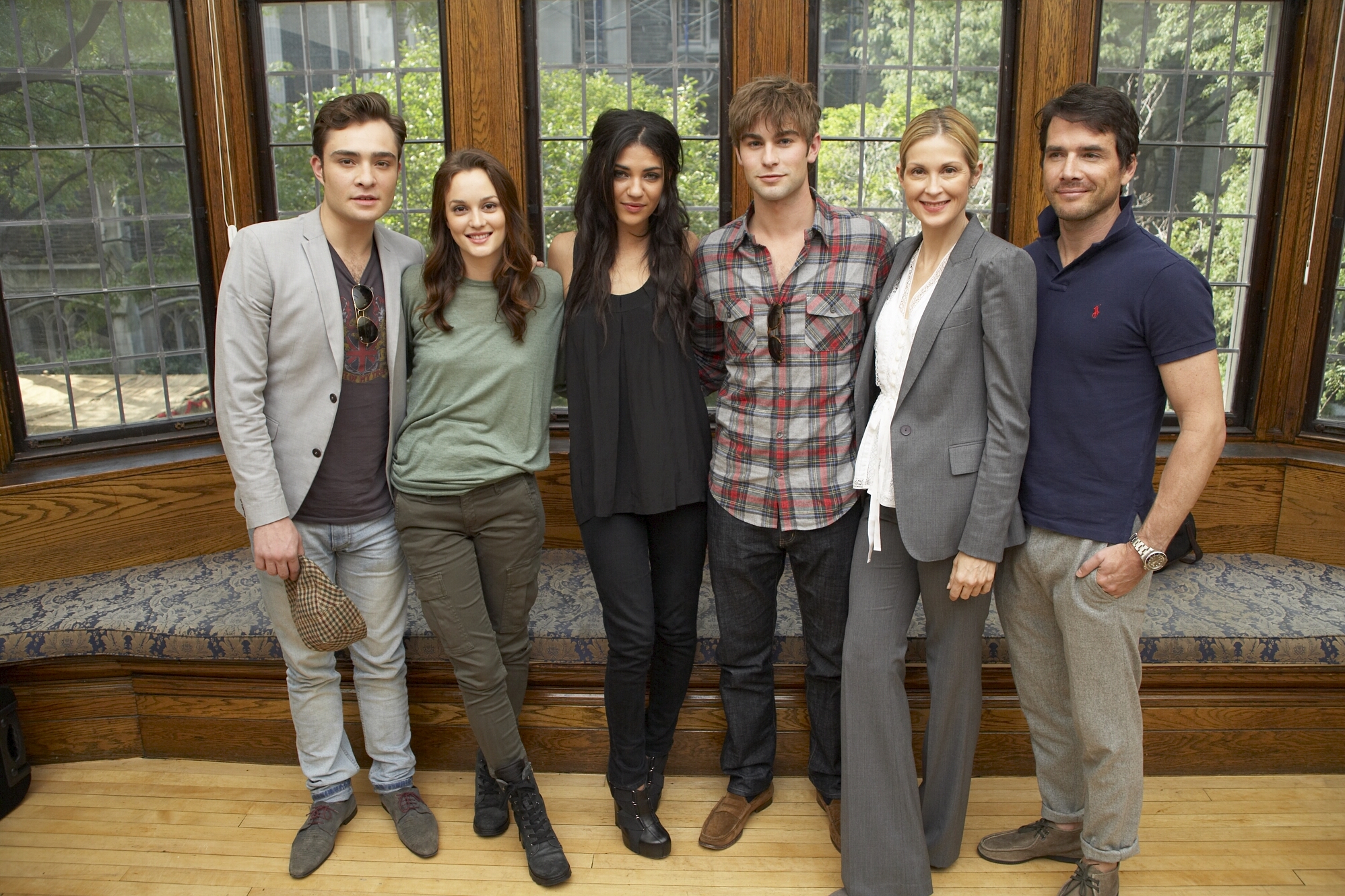
Gossip Girl made Blake Lively a star – the show connected with the young and the style of the show became the looks of the day. Headbands, backless sheaths, berets and designer purses, spilled over into street fashion. As with Sex and the City, designers flocked to be featured.
(l) Notice the extreme platform that is once again back in style.
As Blake Lively became a movie star, she continued her flawless fashion on the red carpet.
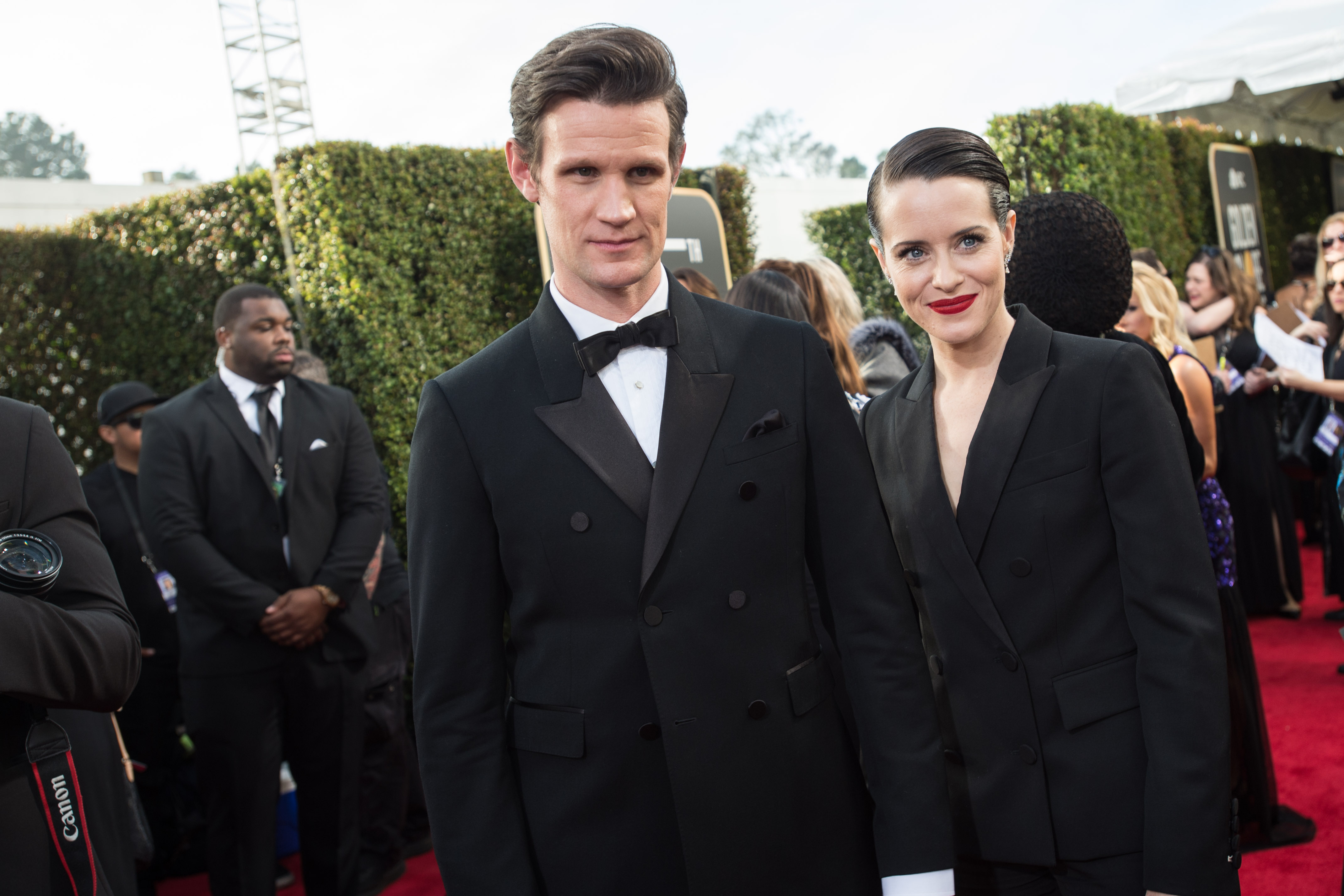
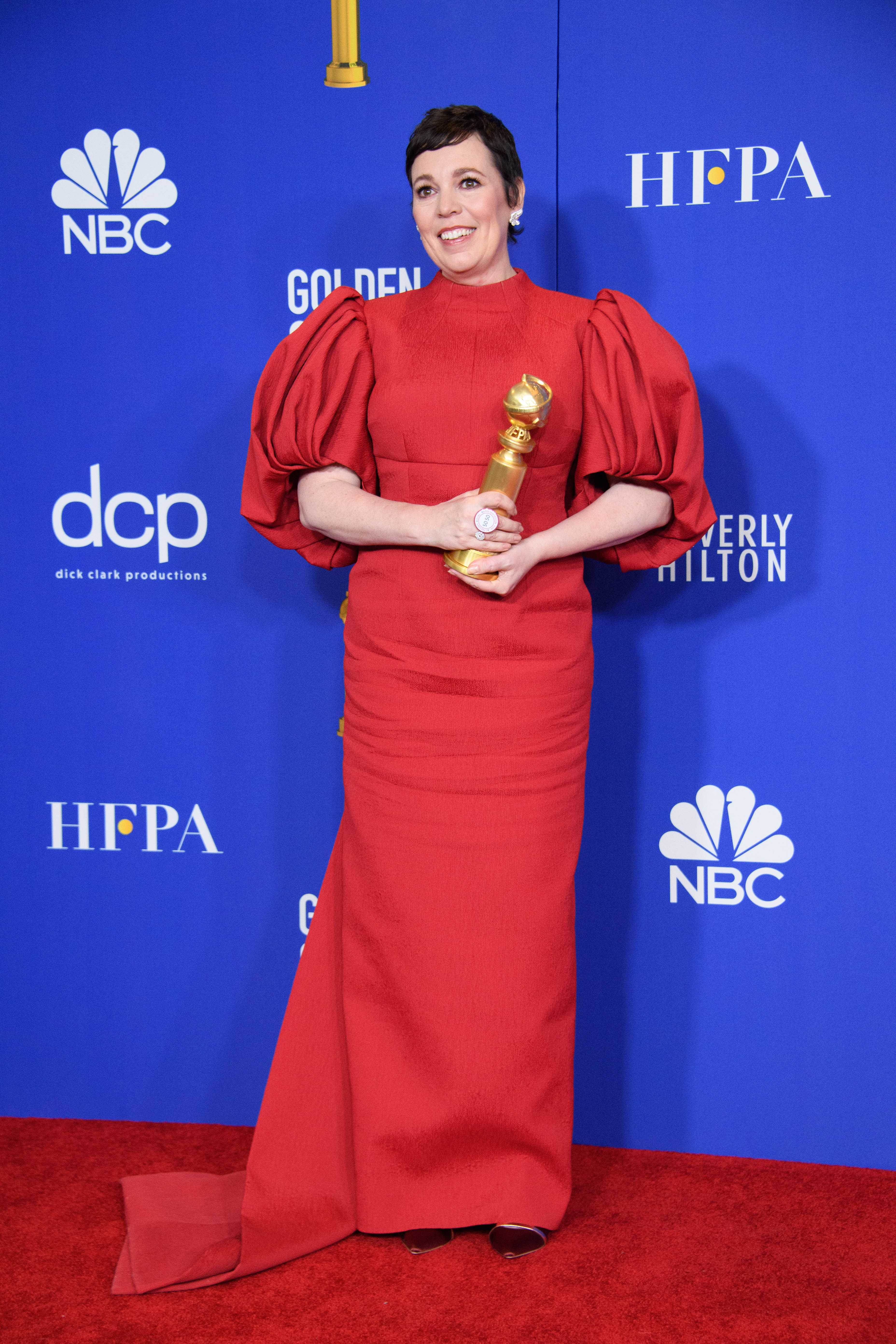
The Crown became an unexpected hit, showcasing the hidden history of the Royal family and fictionalizing conversations we all wonder if they conducted.
On the fashion front, each season has given rise to a new trend. The lasting impact is hair jewels – crowns/tiaras are popping up, as are diamond hair-pins.
Below we see a headband of gold and diamonds and the inspiration that began the jewels-in-hair trend, HRH – the former Queen with her real crown.
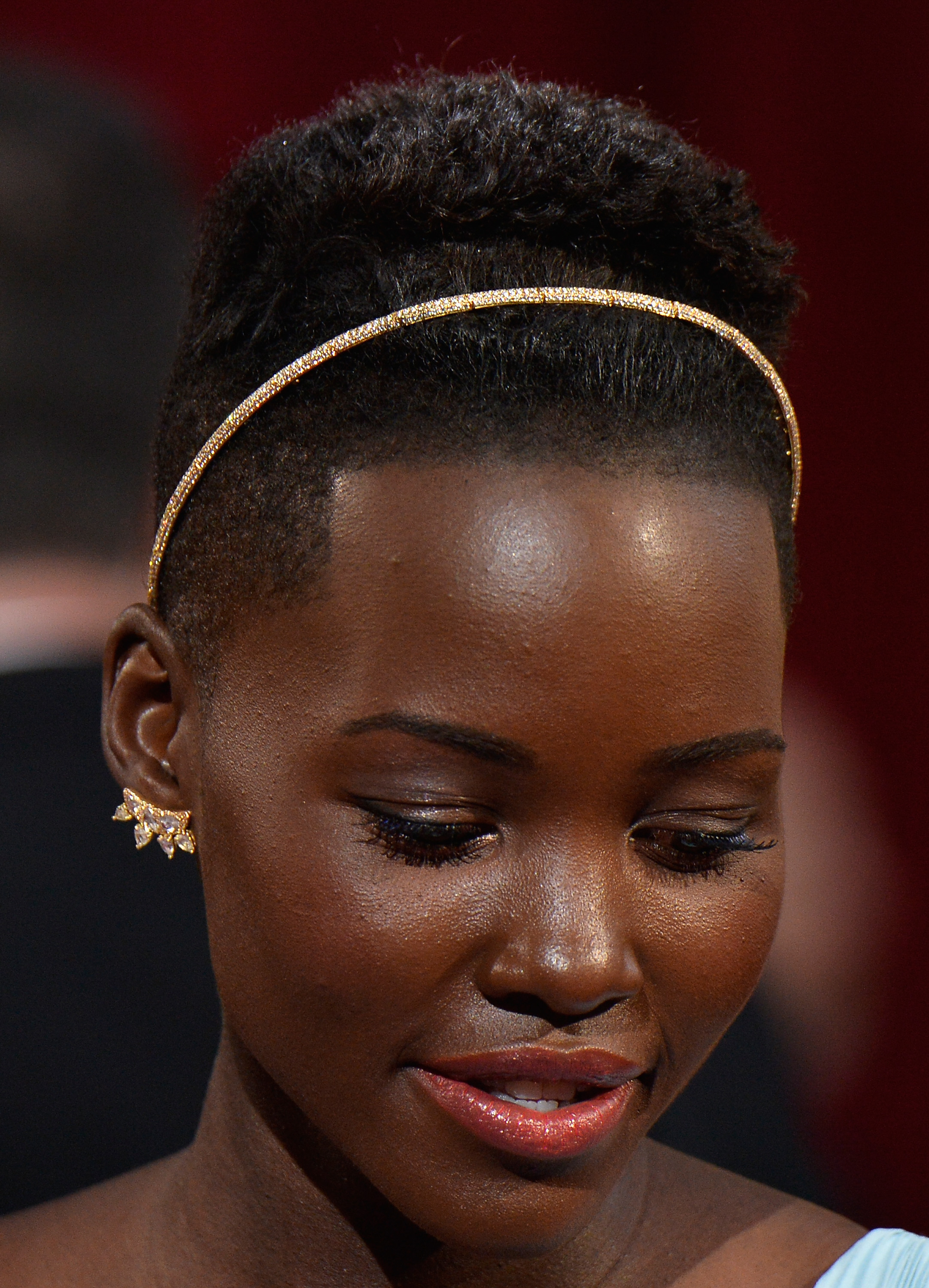
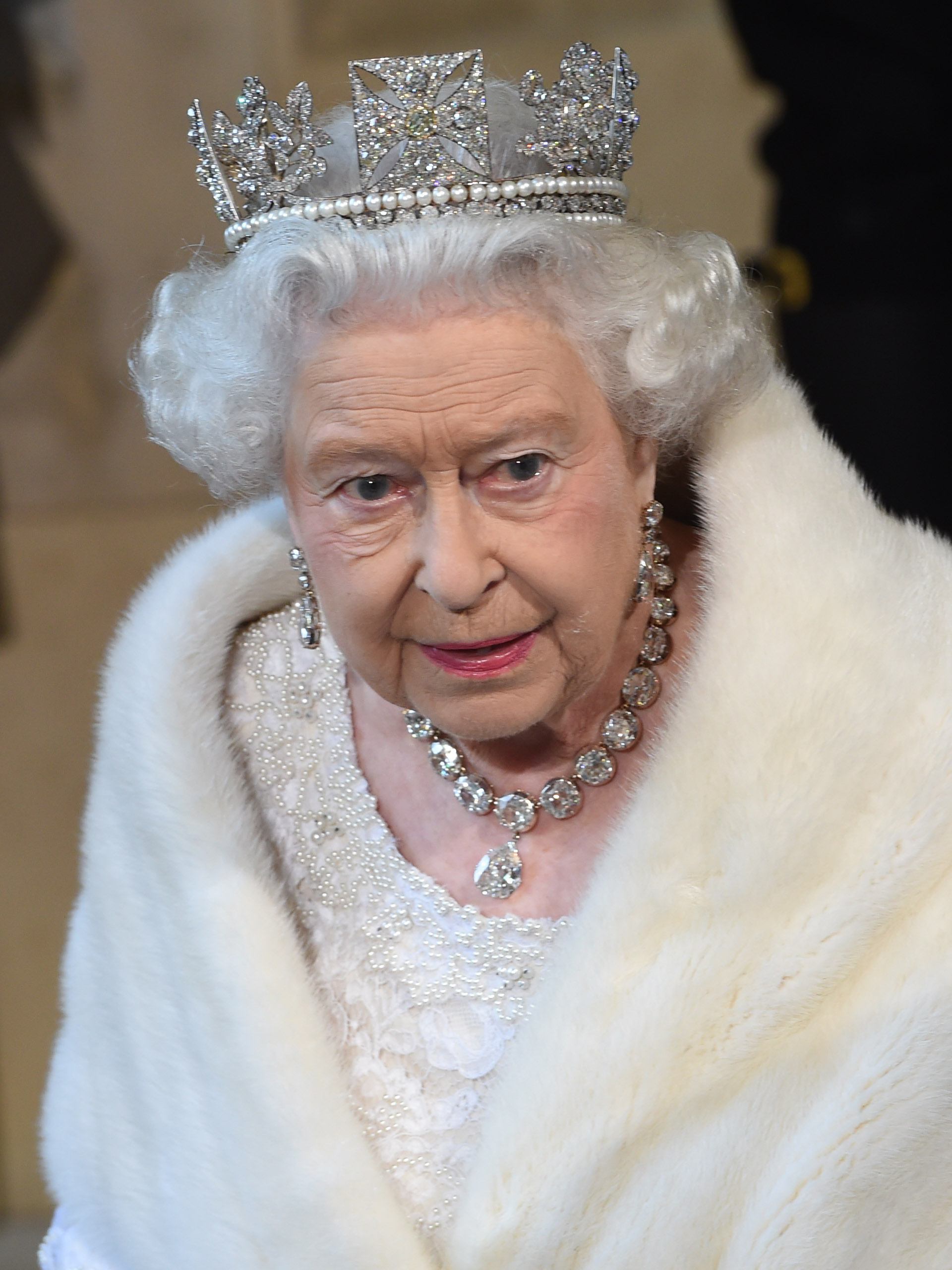

From 1985 – 1992 The Golden Girls connected with young and old alike, highlighting that friendship sustains – a concept still fashionable today.

The Sopranos showcased nouveau riche. Money without taste. Aspirational ‘style’ that changed what was acceptable to wear in public.
‘Track suits’, obvious fake eyelashes and one of the many trends that is still with us today – the exaggerated fake statement nail.

Ally McBeal may have showcased the smart woman, but fans will recall the micro mini’s that Calista Flockhart‘s character wore.


A group of aliens sent to earth disguised as humans gave us 3rd Rock From the Sun.
The costumes of the show were on point for the era: headbands, scrunchies, capri’s and baggy pants What made the show sustain, after initially being critically savaged before going on to win multiple awards across many academies and becoming a fan darling, were the universal quirks that make us humans, and connected with the audience.
The show made Joseph Gordon-Levitt a star.
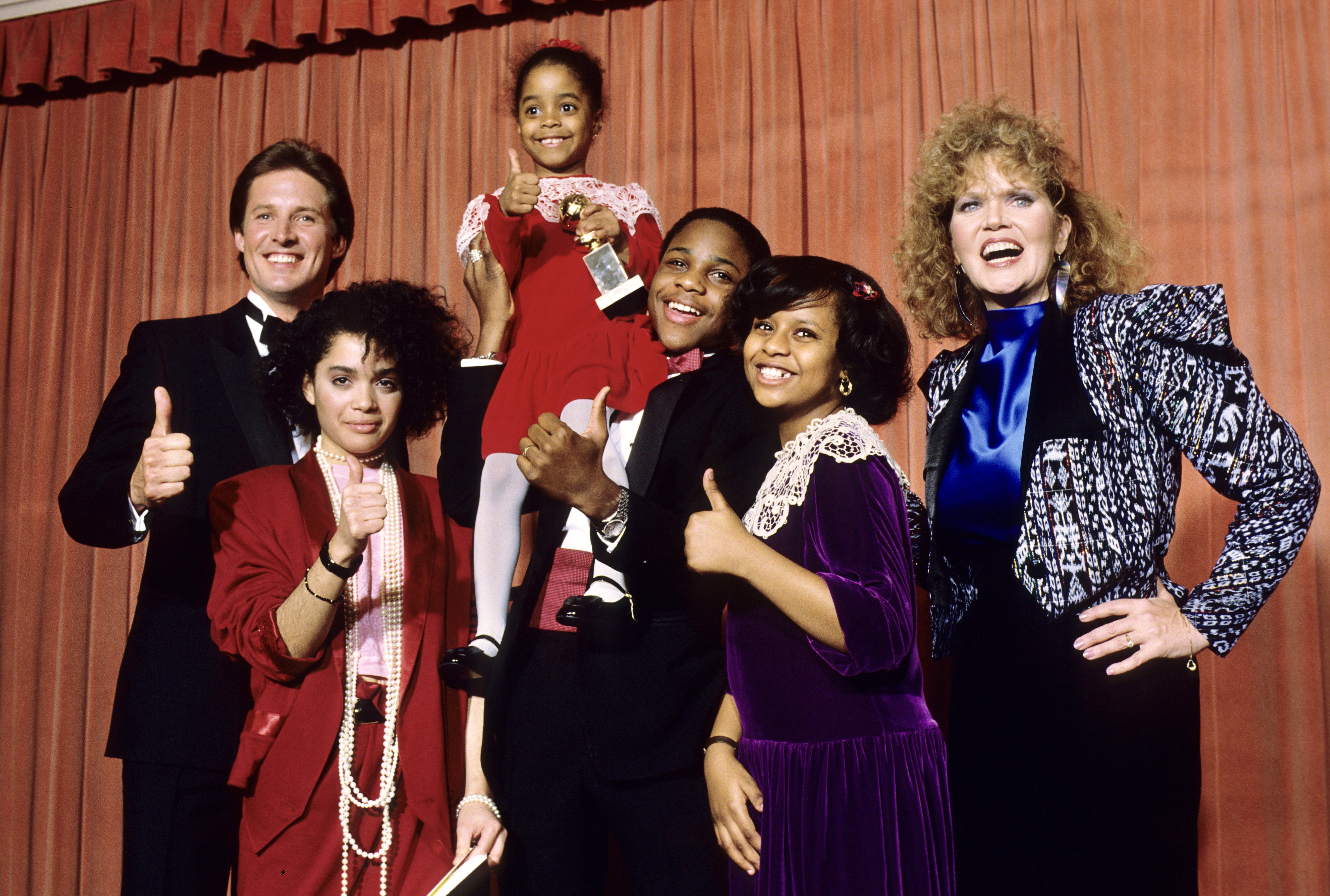
The Cosby Show represented an upper middle-class black family in a way that had been rarely featured. The universality of family and the willingness to go into tricky topics like gender equality, and race, made it a show that helped break the glass ceiling, and became a world-wide hit.
Sweaters became a ‘thing’, and Lisa Bonet became a ‘fashion influencer’ before the concept was christened. She helped popularize natural hair and baggy trousers.
Of course Lisa Bonet is the mother of another young star that is impacting fashion – Zoe Kravitz.
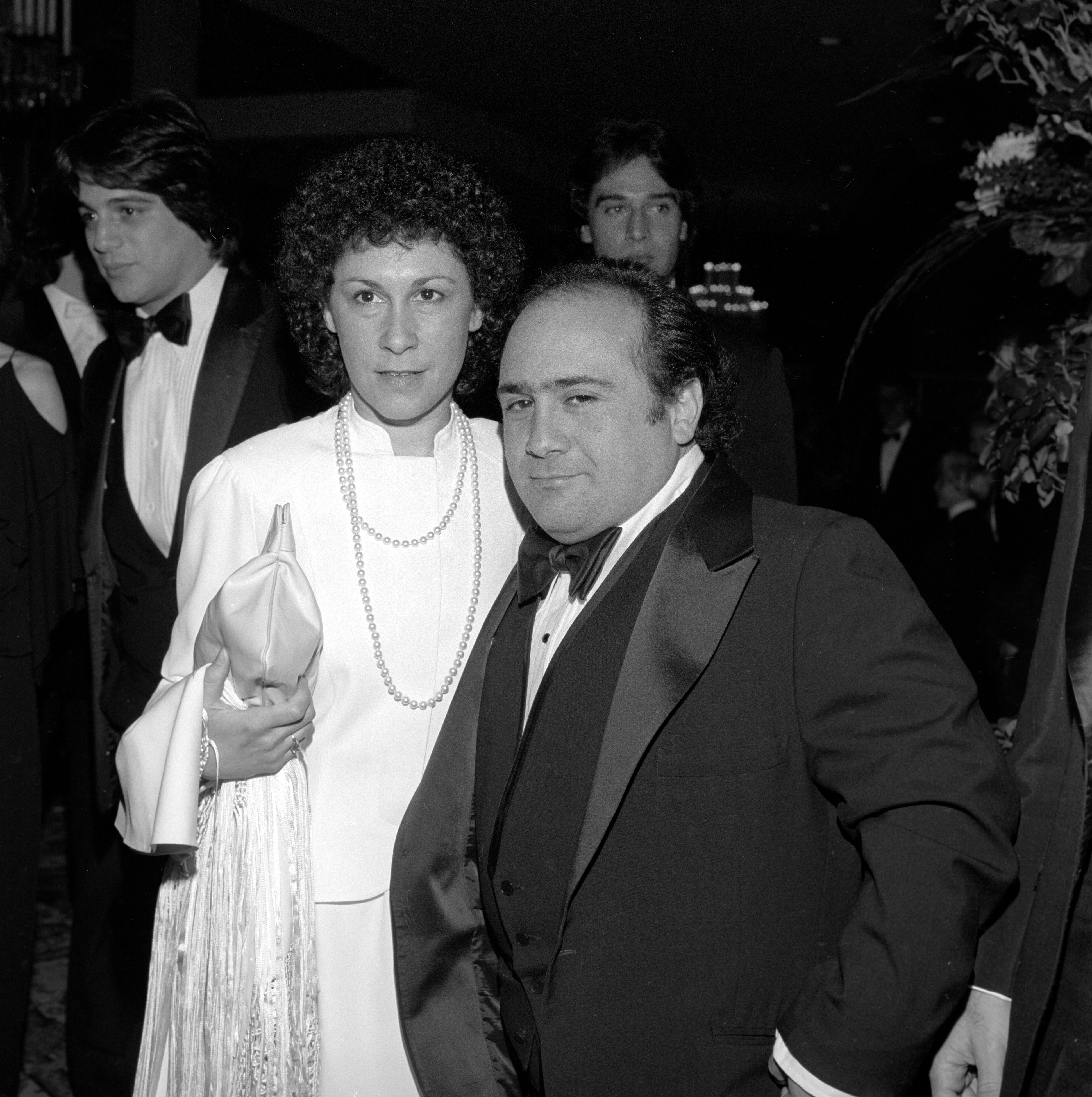
Taxi was an every-person’s sit com. It showcased clothing popularized in the late 70s early 80s – big hair, shoulder pads. The cast was incredible Judd Hirsch, Danny DeVito, Tony Danza, Christopher Lloyd, Andy Kaufman and Rhea Perlman – to name a few. It dealt with hard-nosed issues with humor.
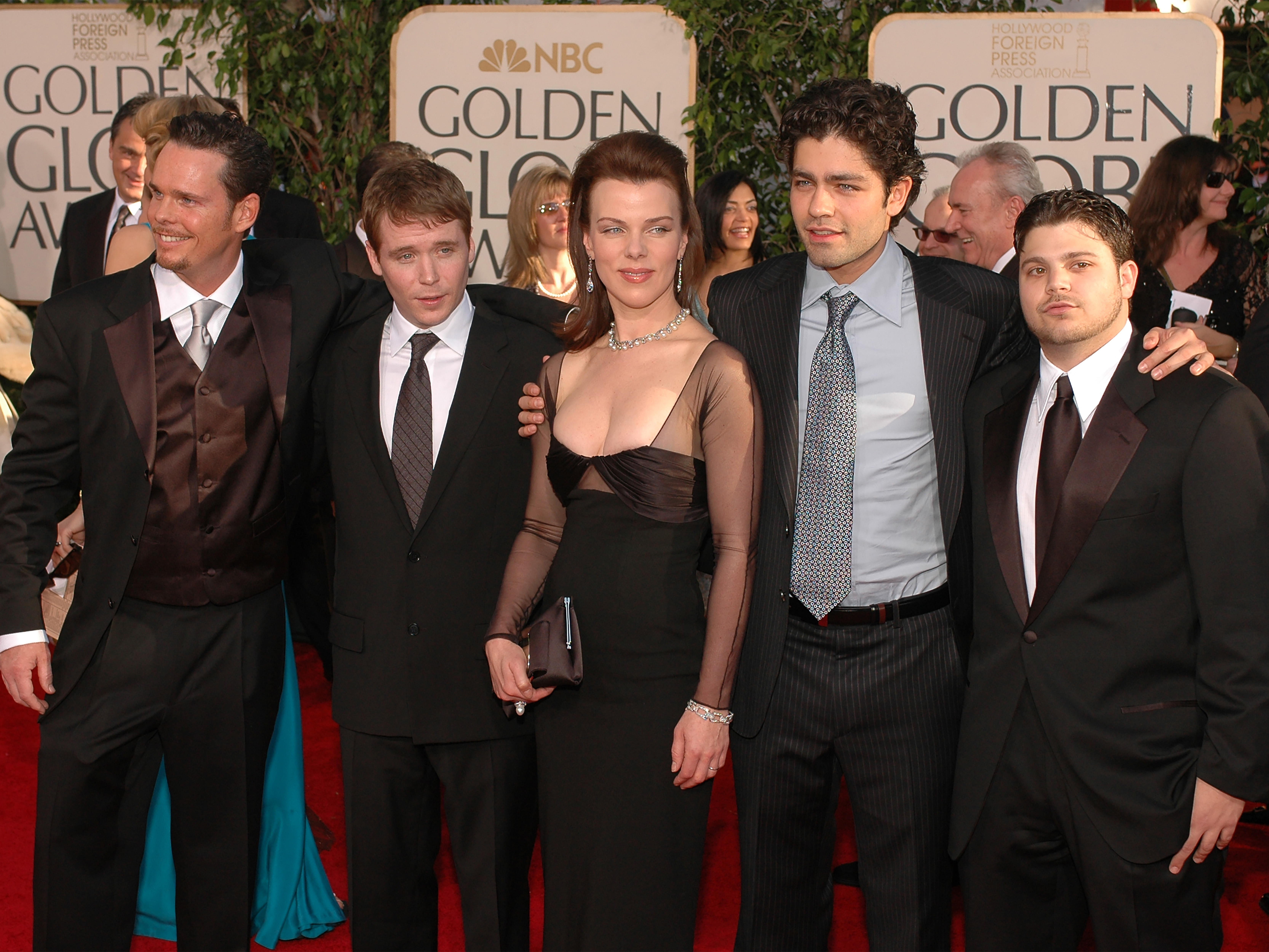
Entourage captured young, hot sex appeal. The show tracked Vince (Adrien Grenier) and his inner circle, as the landed in Los Angeles to become the ‘next big thing.’
Entourage allowed the viewer to become a voyeur into the excesses of fame with the prerequisites of drugs, sex, and exploitation. It showed the king-makers behind the stars and the fragility of fame.
Mark Wahlberg was one of the executive producers which made one feel the audience was getting a ring side seat into the former rapper’s rise to fame.
It also stoked the idea of a career as an entertainment talent agent, in the form of Ari Gold (Jeremy Piven – not pictured), the powerful star-maker said to be inspired by real life Hollywood agent, Ari Emanuel.
The show was cutting edge in what was hot, from restaurants to clothing.
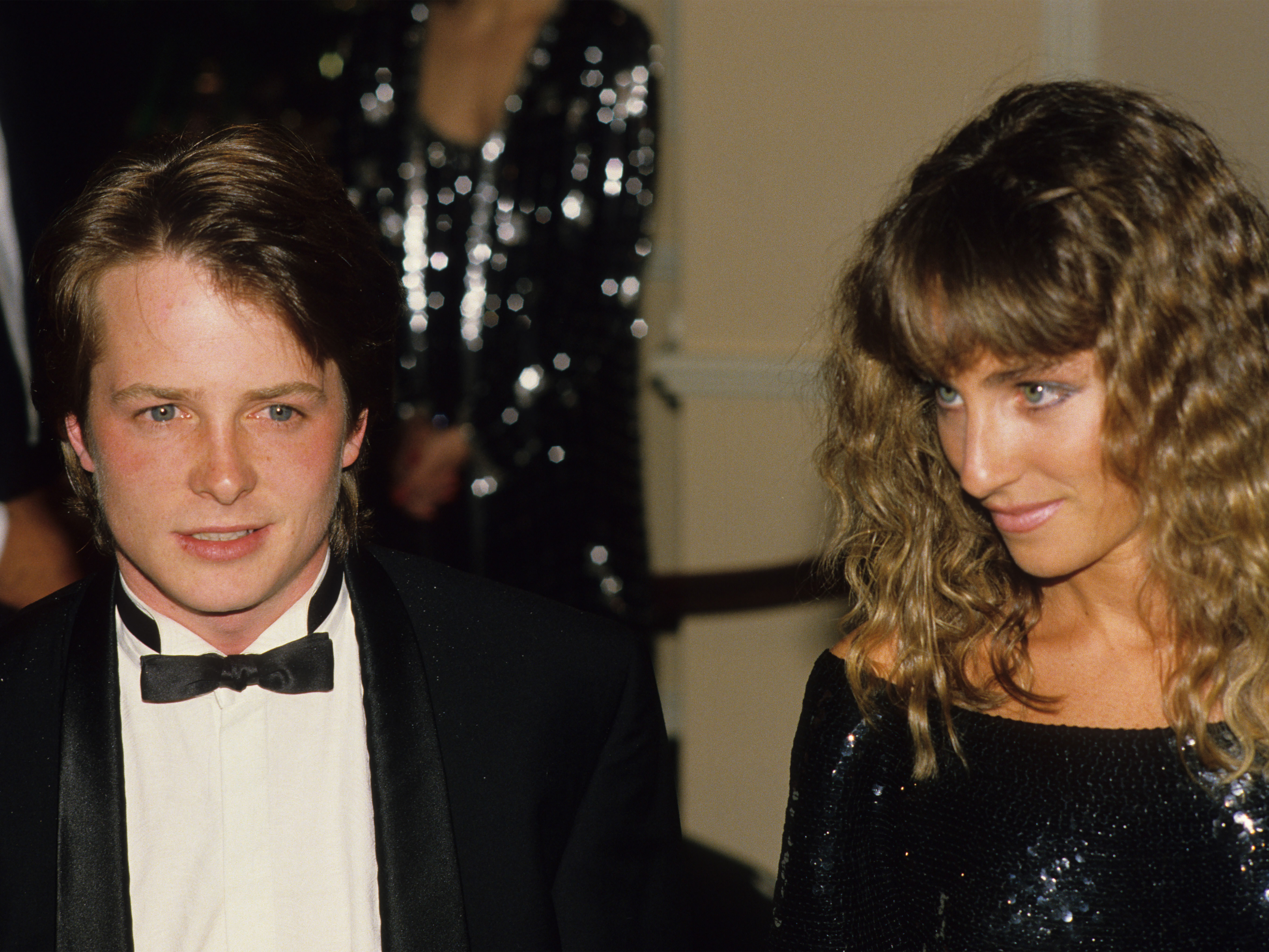
Although Michael J. Fox went on to star in many television shows and successful films, including Back to the Future, the world fell in love with him in Family Ties. In many ways Alex, his character, was the forerunner of the current conservative movement.
He espoused the ideas of Regan-nomics and much of the humor came from the conflict between the world philosophy of his liberal parents and himself.
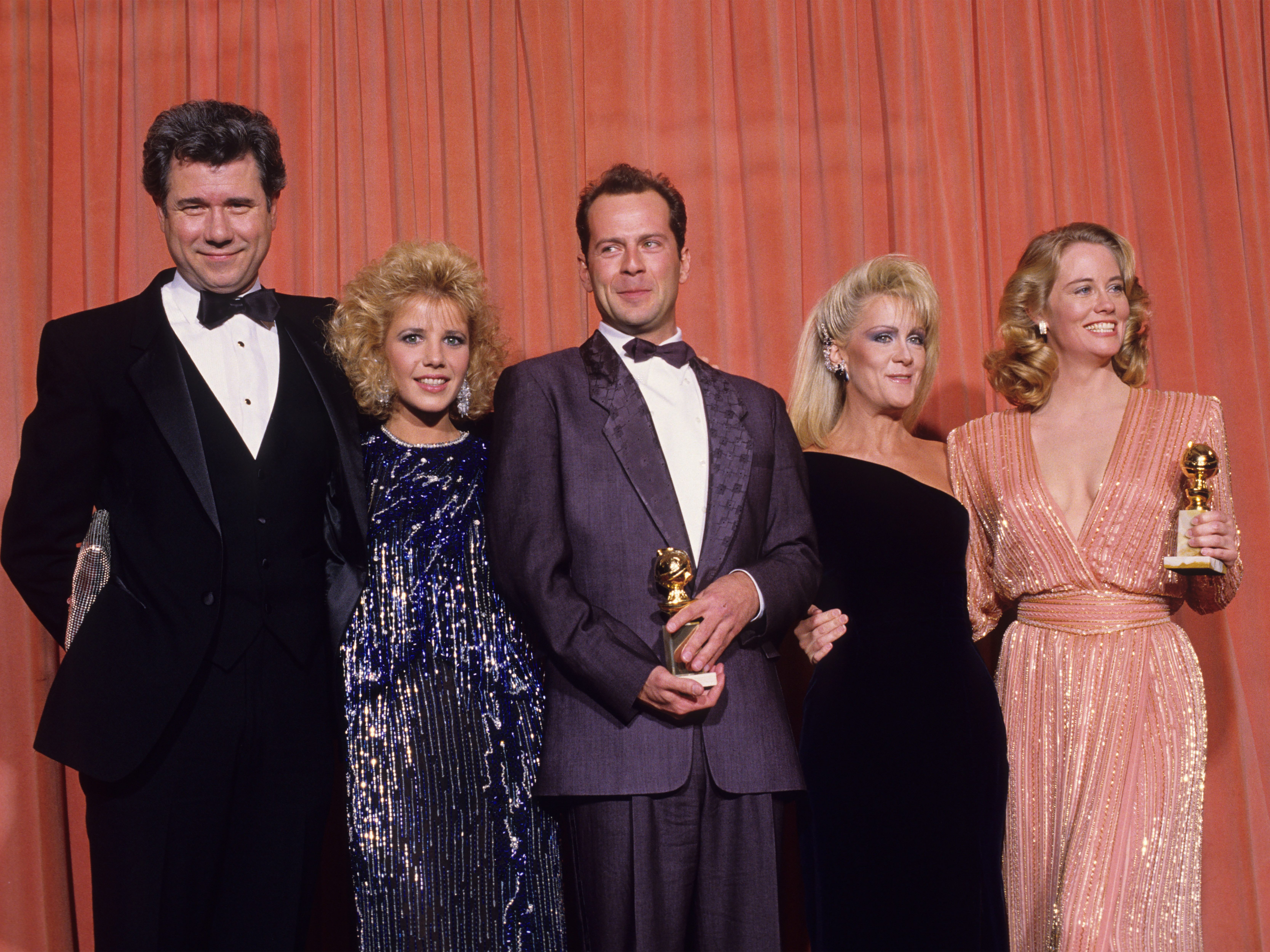
This photo is a snapshot of television mid 80s – early 90s.
(l – r) Night Court’s John Larroquette, Heidi Bohay – Hotel, (c) Bruce Willis who starred with Cybil Shepherd (far right) on Moonlighting. Penultimate on the right – Knots Landing‘s – Joan Van Ark.
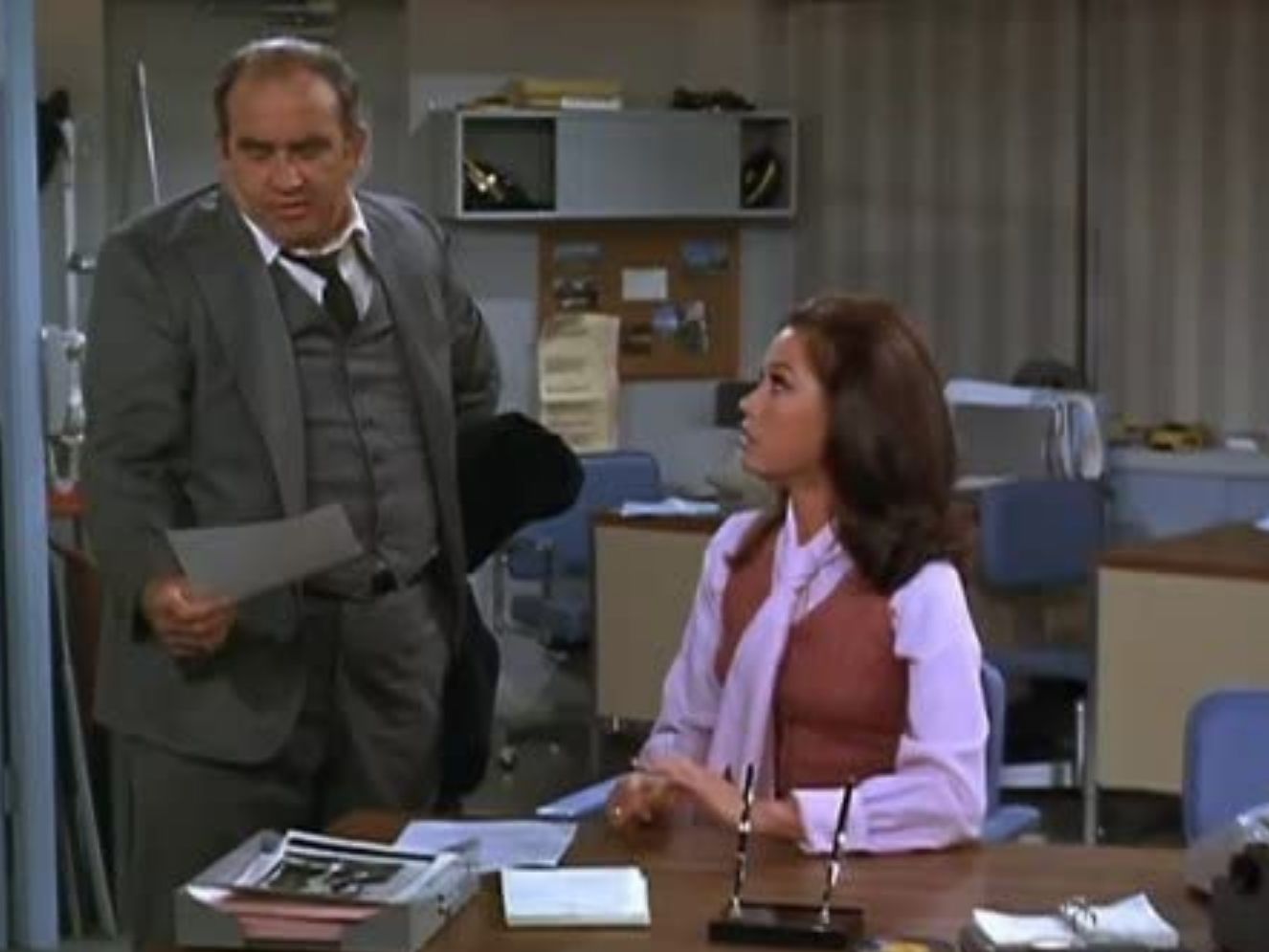
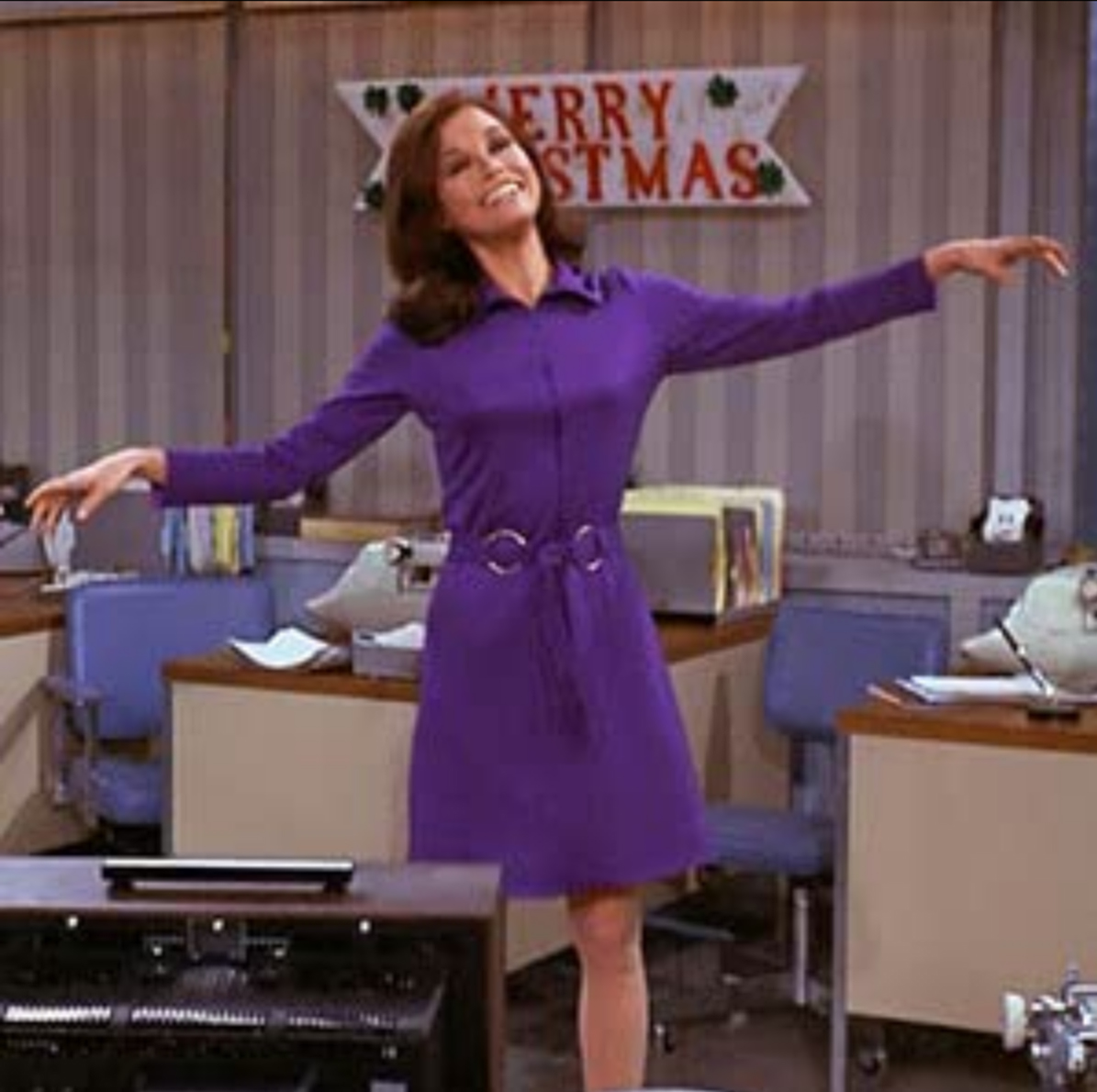
The Mary Tyler Moore Show was ahead of its time focusing on a career woman without a husband and child. The show which ran from 1970 – 1977 depicted the fashion of the time: soft clothing, A-shaped skirts, and blouses and dresses with a ‘tie’ at the collar – a soft bow that ameliorated the masculine emulation of men in the work place.
Ed Asner, a much loved character actor, was her gruff boss – his clothing often reflected the opposite of fashion. His three piece suit here, reflects the trait of a portly man; the under-coat hiding a protruding belly.


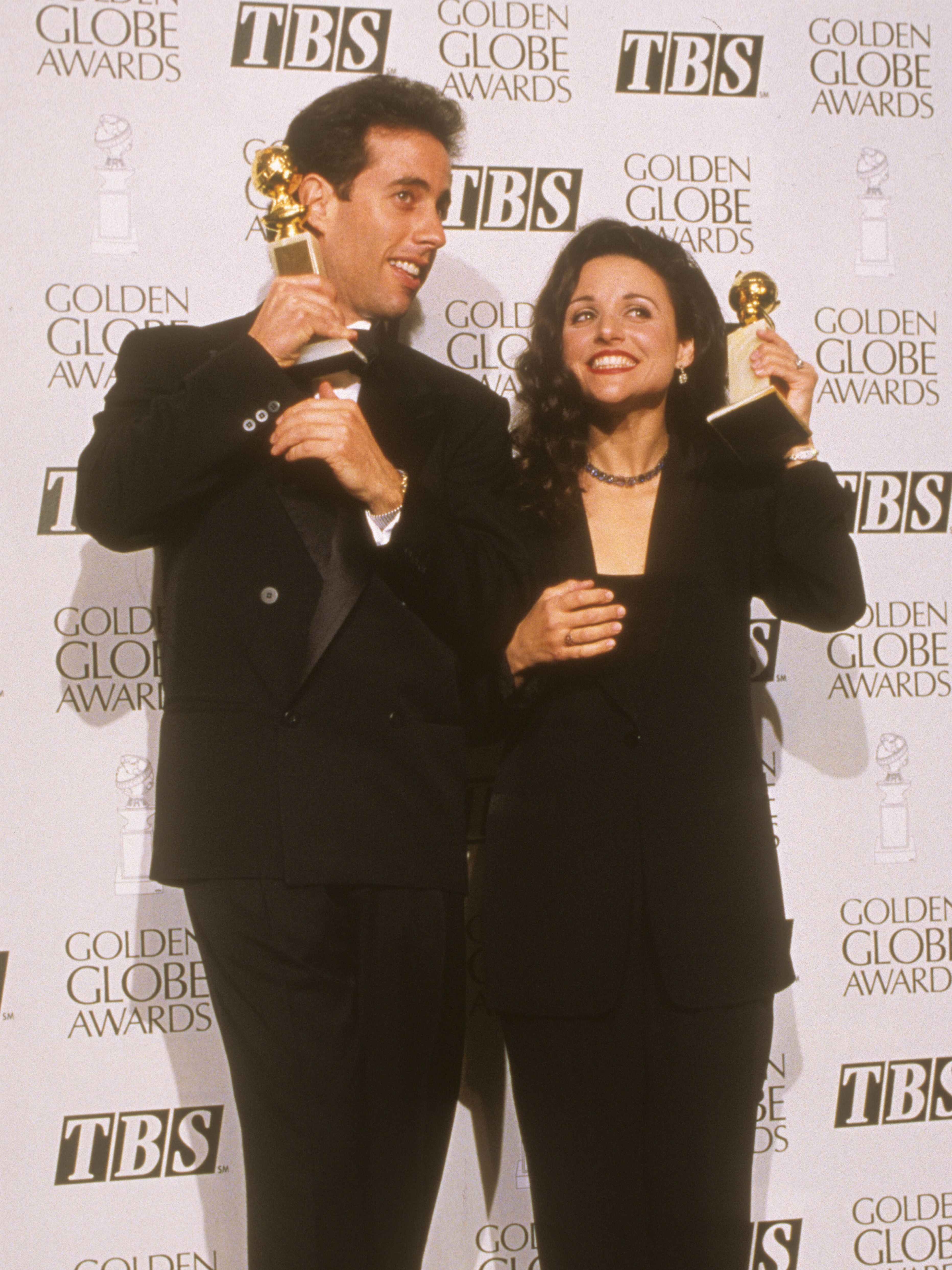
Seinfeld (1989 – 1998) – often described as a ‘show about nothing’ focused on character foibles and conflicts, set in New York, with little diversity in casting.
Heralded as one of the ‘best in comedy’, it showcased a new generation of singles, whose friends became family.
It also highlighted many of the trends of the 80s and 90s: big jackets, wide legged trousers, hair!
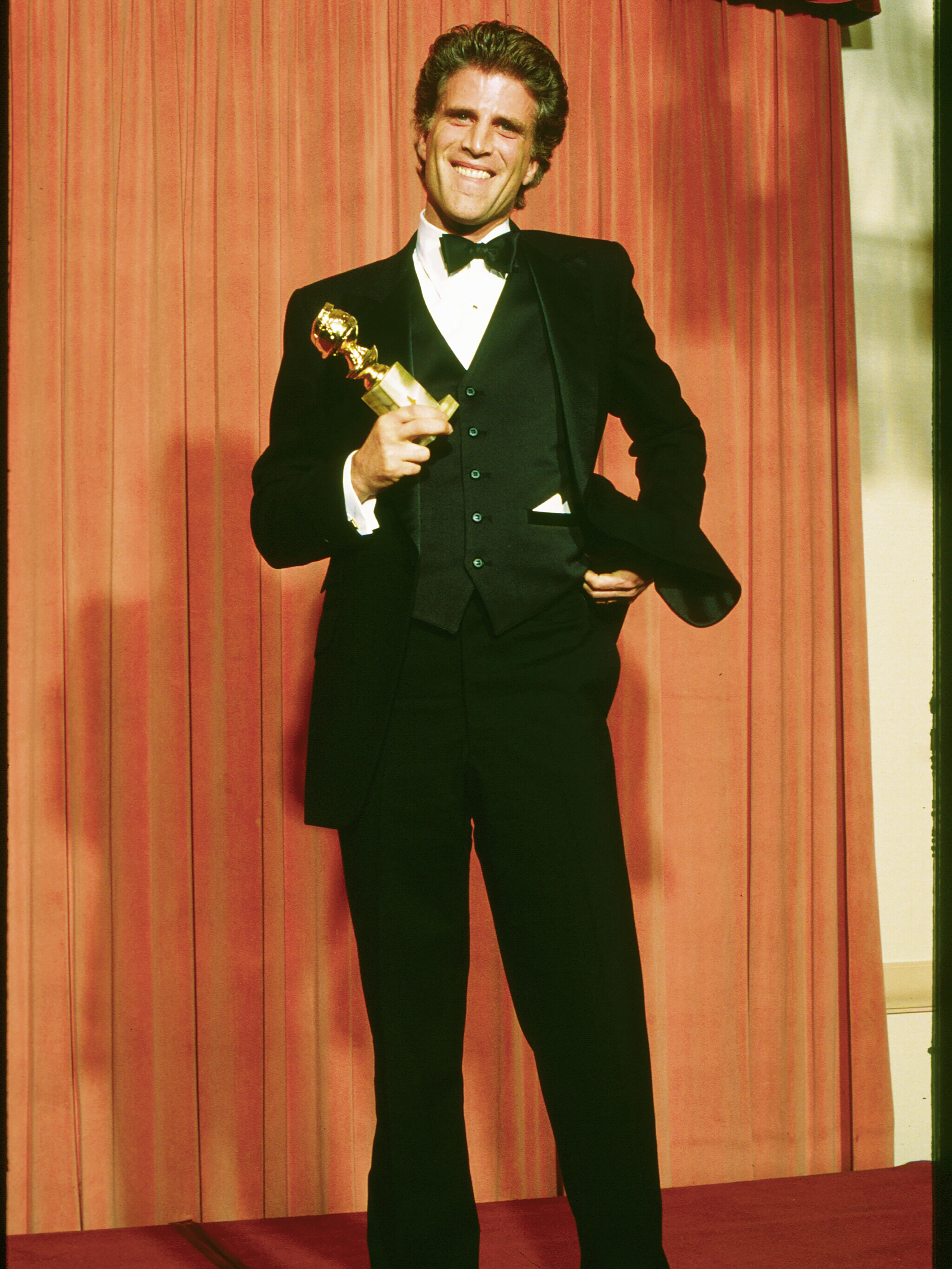

Cheers connected with people who wanted to connect. The show was about a group of misfits who become a family; where: ‘They’re always glad you came. Where everybody knows your name.’ Those are the words of the song as the opening credits roll.
Shelley Long and Ted Danson where the strangers who connected, that a generation rooted for. The show gave birth to another classic sitcom: Frasier – and again – most of the cast were completely non diverse, and no one seemed to notice – except the people that were not included. As is the case with unconscious bias.
The fashion reflected in its long 11 season run, (1982 – 1993), went from big hair and huge shoulders to a trimmed down silhouette. It’s what the working person wore. Unremarkable.
But what was never in doubt – and what ‘fashion’ is all about, is the uniqueness of the ‘thing’ that makes everyone look and want to be part of the secret; that magic that says you ‘belong’.
Cheers celebrated that sense of belonging, along with its depiction of the era’s trends – the aforementioned shoulder pads, hair.
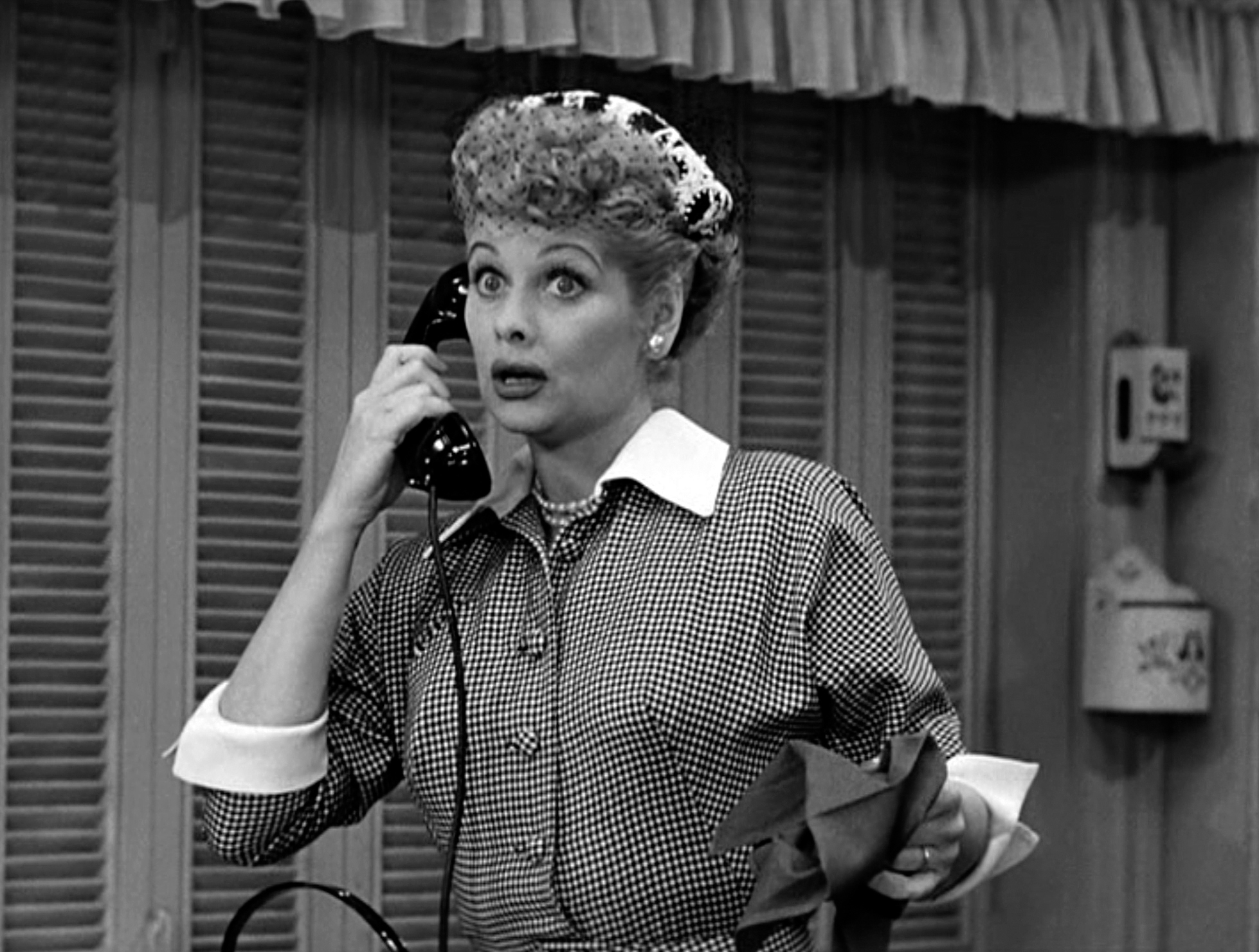
Lucille Ball. Movies has been made about her – most notably Amazon Originals’ Being the Ricardos (2022). She’s received the highest honor the Globes can bestow – a Cecile B. deMille Award – and two stars on the Hollywood Walk of Fame. 8 times nominated for a Golden Globe, no nod to television could exclude this talented comedian and creator of I Love Lucy.
Lucille Ball dressed in simple ‘frocks’ for the show, typical of the 50s, with the appeal of the everyday woman – and slightly aspirational for her audience. Off camera she was glamorous.
She was known for her red curls and red lips, smart brain, and quick quips.

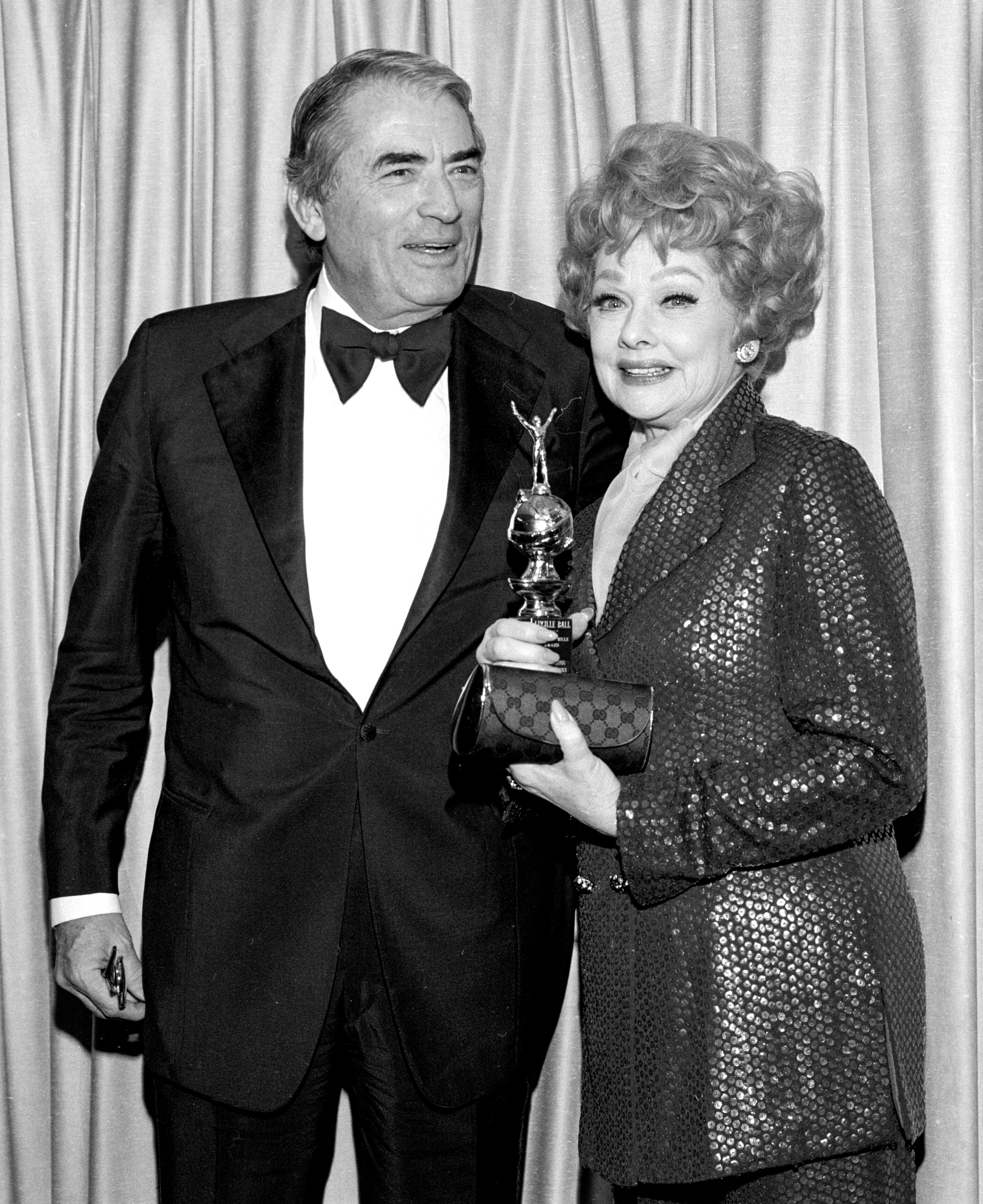
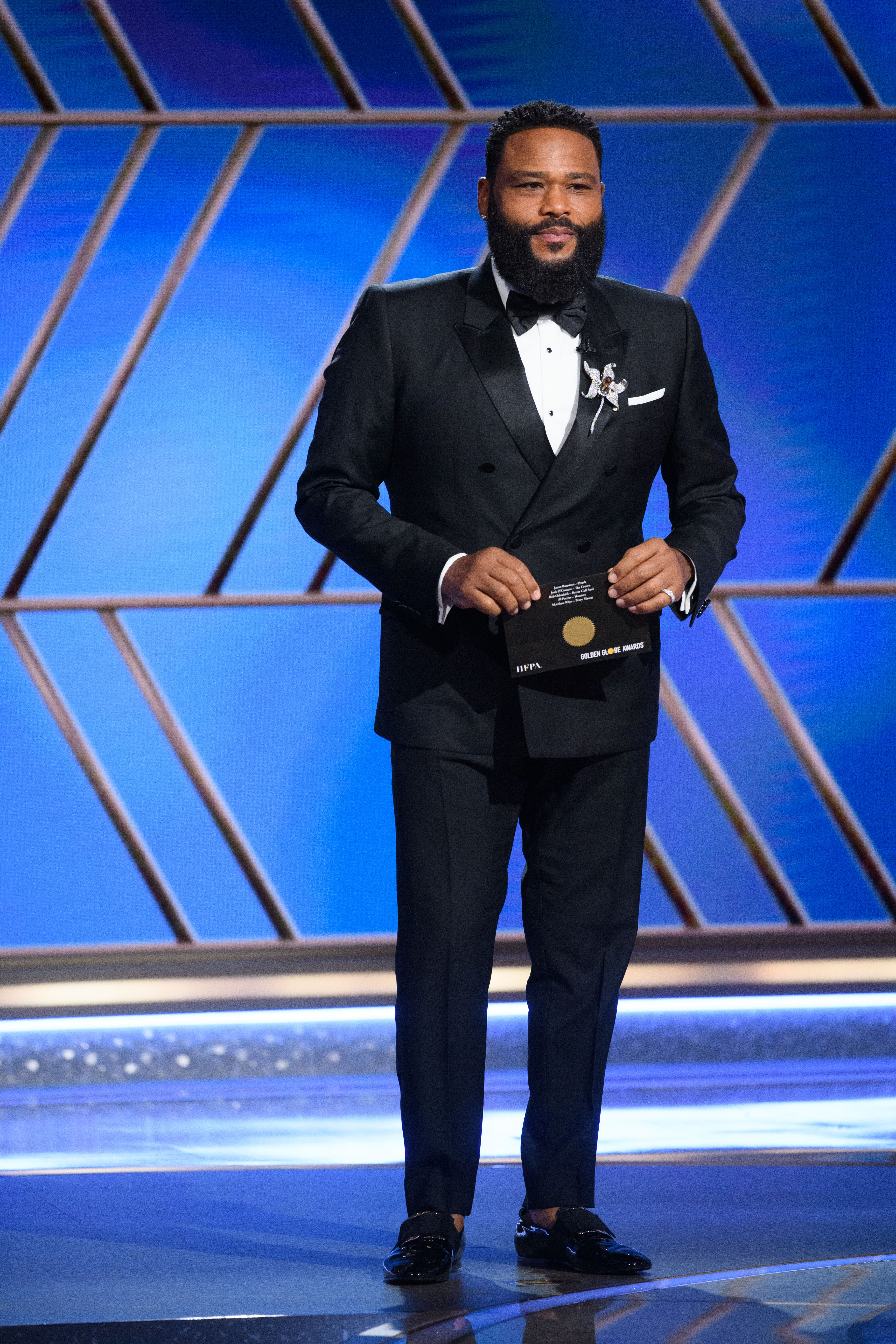
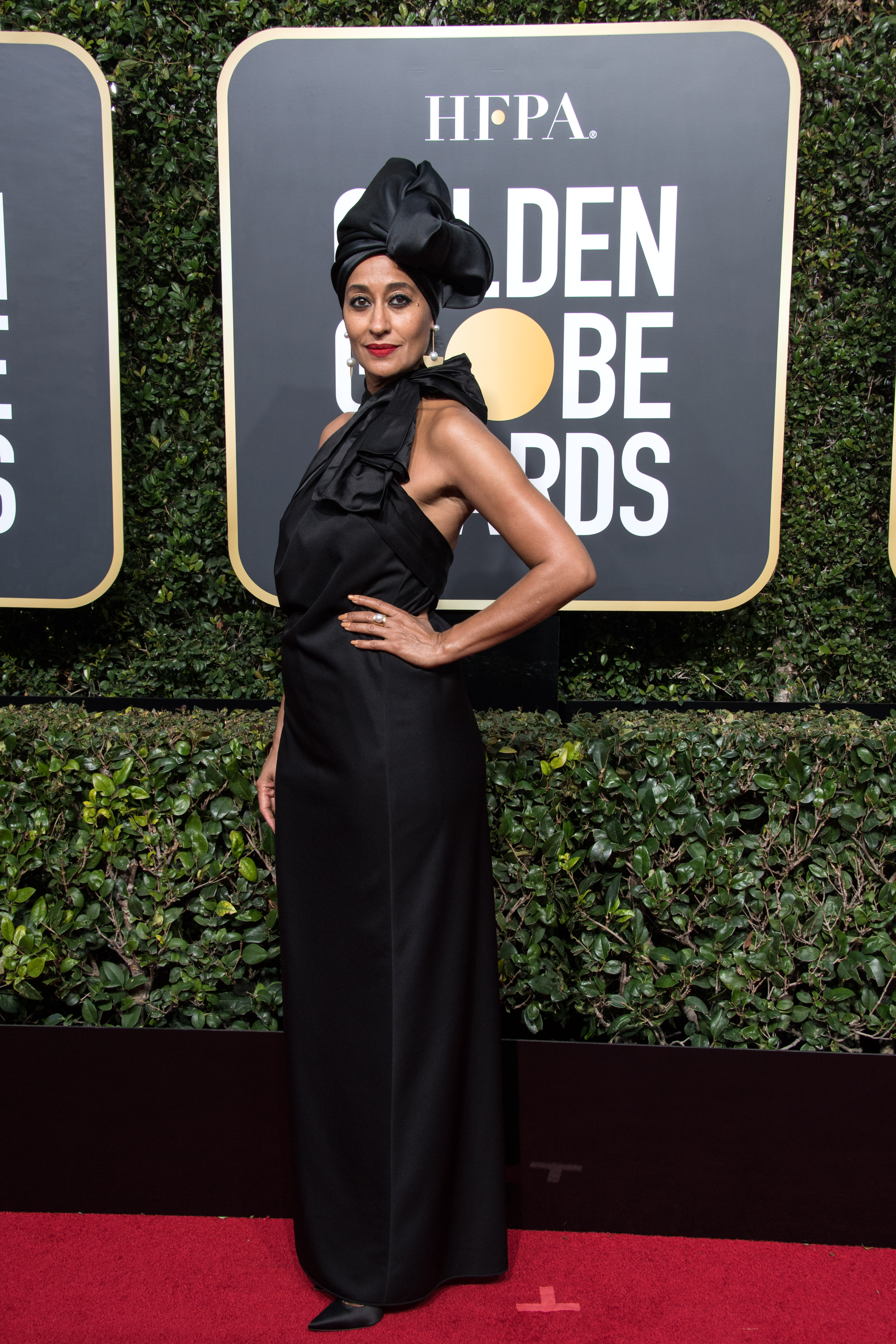
Black-ish is a cultural comedy about a family that has achieved the American dream but wonders if the cost of assimilation has left them in search of their ethnic identity. With humor, Black-ish explores what it is to be part of the American fabric, and not.
On the fashion front it popularized patterned polos, brights and classic two piece sets. Designers were eager to fit the cast – for Rainbow Johnson (Tracee Ellis Ross) – Stella McCartney, Kenzo and Victoria Beckham. Andre Johnson (Anthony Anderson) could be seen in Alexander McQueen, Versace and Burberry.
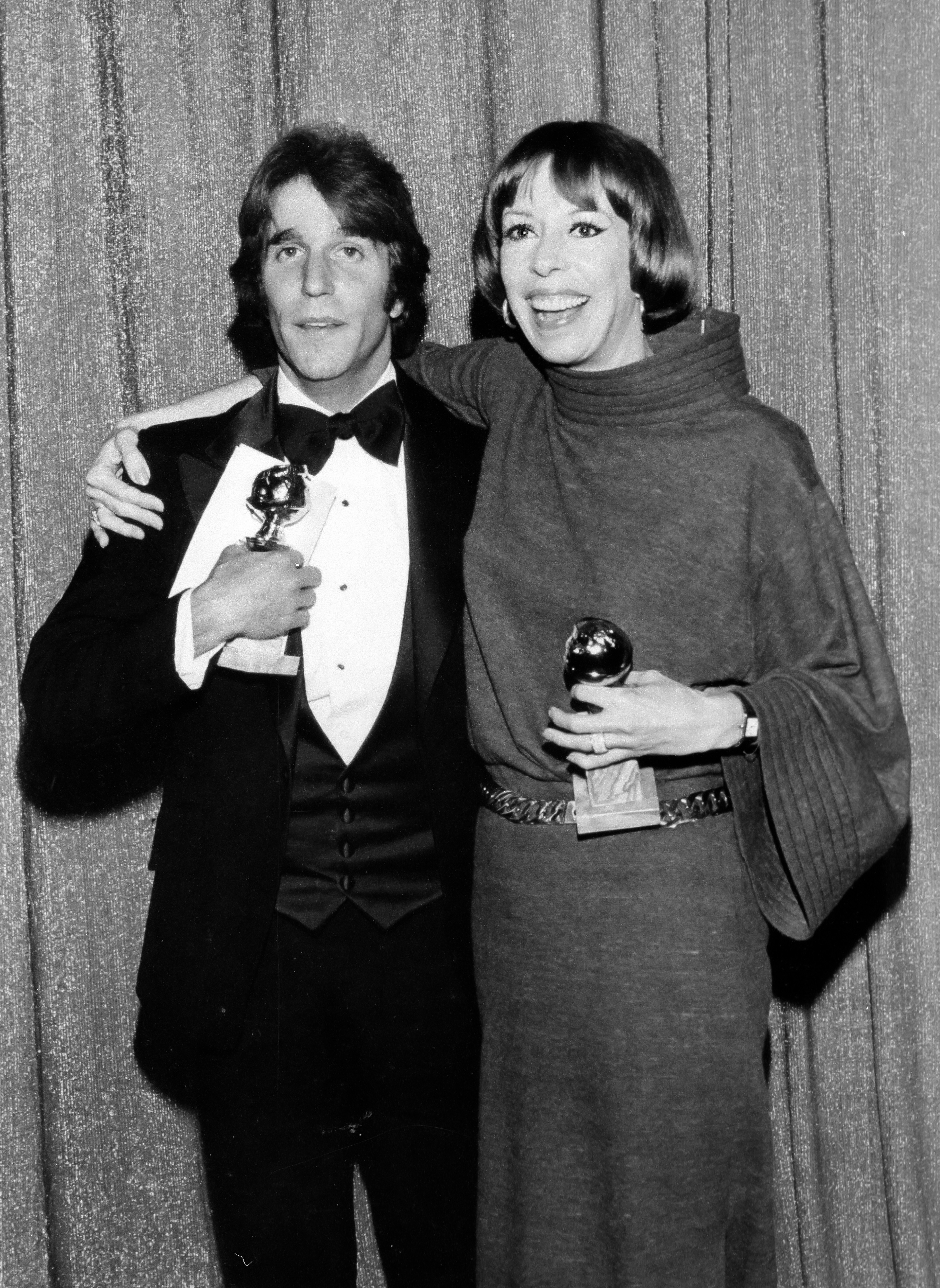
The Fonz and the namesake of our Carol Burnett Award attended the Globes in 1977.
In 1968, Carol Burnett won a Golden Globe for Best Television Series in The Carol Burnett Show.
Henry Winkler came to attention in Happy Days, with Ron Howard as the lead. He portrayed the ‘bad boy’ wearing the uniform popularized by Marlon Brando and James Dean of turned up jeans and white tee.
Ms. Burnett was nominated 16 times and had 5 wins. Her style off camera is understated, though her characters often donned outrageous costumes and headgear – exaggerating the trends of the day so you often laughed out loud upon seeing them.
We celebrate Ms. Burnett and all our Golden Globe nominees and winners. Return to see more stars on the red carpet as we celebrate our 80th year on January 10th, 2023.

